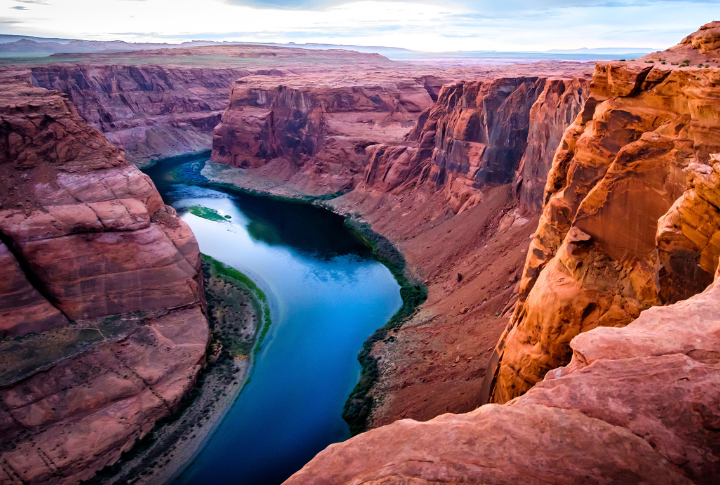
Some currents seem harmless until they flip rafts, swallow roads, or vanish hikers in seconds. Each river on this list reveals a stretch of water where confidence can soon become a regret. If you’re thinking of taming these wild forces, you’ll want caution, not courage.
Snake River

Stretching across the Pacific Northwest, the Snake River blends scenic calm with hidden peril. Due to powerful undertows and unexpected rapids, it’s responsible for multiple drownings annually. Rafters often misjudge whitewater sections, especially around Hells Canyon, the deepest gorge in North America.
Mississippi River

North America’s second-longest river has a habit of changing moods. While some parts seem easy to conquer, sudden swells, flooding, and swift undercurrents tend to disrupt lives. This temperament has made life unpredictable for those who live along its banks.
Potomac River
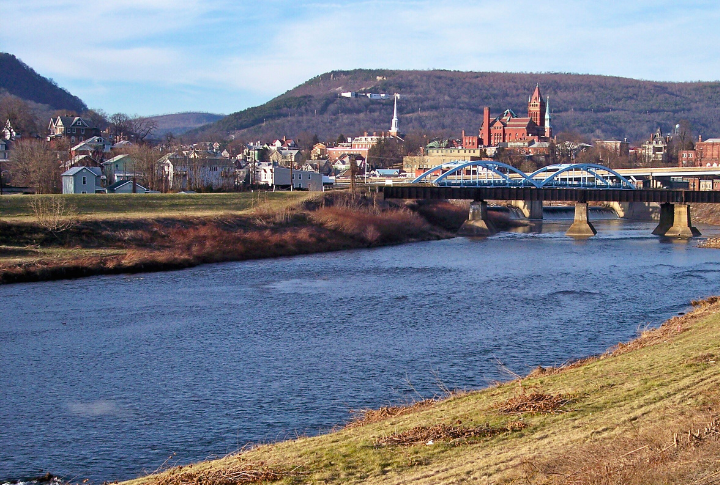
Calm on the surface, deadly beneath, especially near the Great Falls! The Potomac kills more swimmers than it saves due to its deep drops, jagged rocks, and swirling whirlpools. Rescue crews call it deceptively lethal, with strong currents catching even expert swimmers off guard.
Colorado River
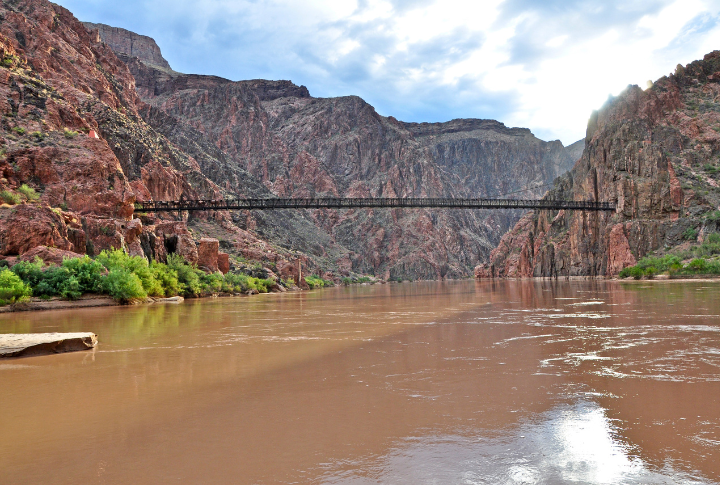
Flowing through the Grand Canyon and beyond, this river hosts rafters chasing adrenaline. However, many underestimate freezing temperatures, flash floods, and changing rapids. Grand Canyon Search and Rescue logs dozens of emergency calls annually, even from experienced adventurers.
Kern River

Nicknamed “Killer Kern,” this California river has claimed over 100 lives since 2000. The stretch near Bakersfield appears tame but hides snags, drop-offs, and high-speed flows. Warning signs are posted everywhere—locals know better, but tourists often don’t.
Niagara River

Niagara Falls gets all the attention, but the river leading to it is just as dangerous. Swift undercurrents and unpredictable eddies make boating and swimming risky. Despite heavy regulation and rescue teams, even the lower river has been responsible for fatal accidents.
Trinity River

The Trinity River in Texas has repeatedly flooded urban areas due to its sharp rise in volume after storms. It’s shallow one day and chest-high the next. A 2021 Dallas flood stranded over 50 vehicles in hours.
Yukon River
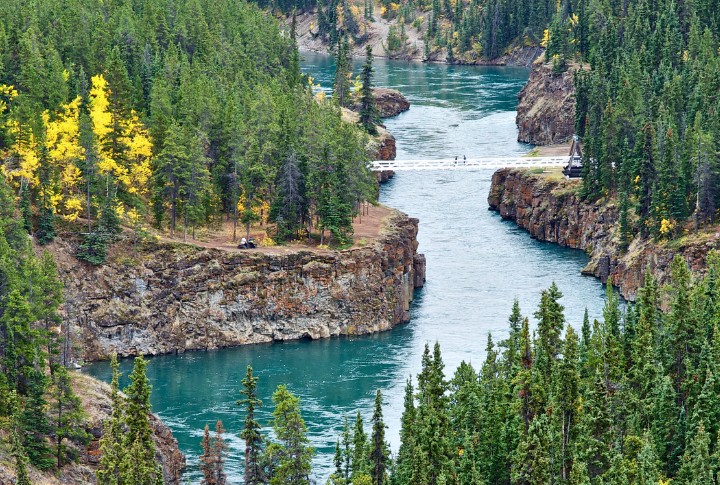
The Yukon’s danger in Alaska isn’t just the current—it’s the seasonal shift. Ice jams and thawing periods cause sudden surges and unpredictable flow. Hunters, snowmobilers, and residents have been swept under breaking ice sheets, even with precautions.
Red River

Running through the South, the Red River hides hazards under its silty surface. Shifting sandbars and heavy debris buildup make it unstable for both swimming and boating. It has claimed lives during seemingly regular recreational outings, particularly in Louisiana and Arkansas.
Gila River
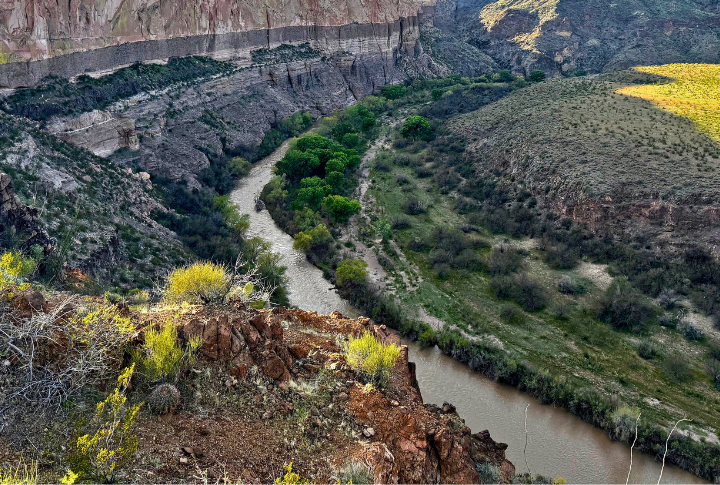
Usually dry in Arizona, the Gila turns deadly fast. When summer monsoons hit, the dry bed transforms into a raging torrent. Locals call it a “ghost river” because there is calm one minute and a full-force flood the next.
